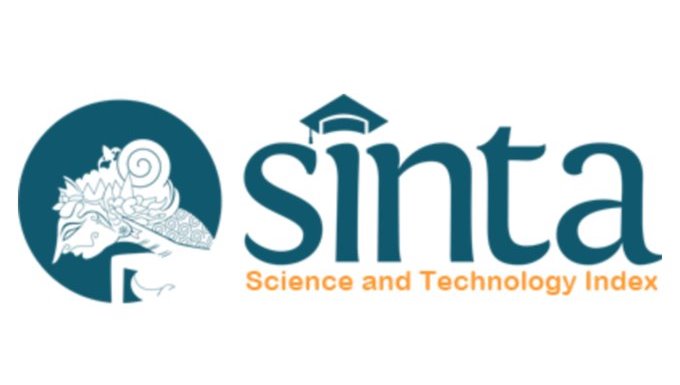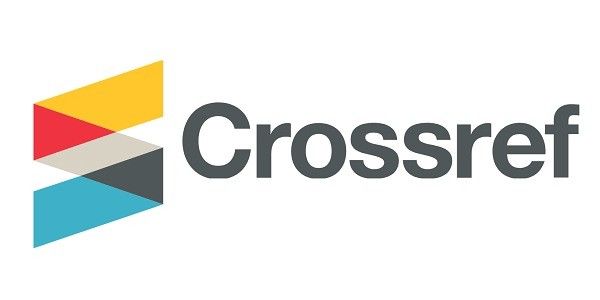The Effect of Refractive Status on Near Stereopsis in School-age Children
Research
DOI:
https://doi.org/10.55175/cdk.v52i3.1322Keywords:
Children, refractive status, stereopsisAbstract
Introduction: This study aims to evaluate the effect of refractive status on near stereopsis function among school-age children. Methods: A population-based cross-sectional study in 13 orphanages in Malang city with 334 respondents. Visual acuity (VA) and inter-eye line difference were measured using LogMAR of LVRC chart. Refractive status was determined using spherical equivalent (SE) of autorefractometer, classified into emmetropia, myopia and hypermetropia (low, moderate, and high). Near stereopsis was measured using TNO and Butterfly test in arcsecond and completion time also calculated. Data were analyzed using Kruskal-Wallis and Spearman test. Results: There were significant differences of refractive status and inter-eye line difference to both TNO and butterfly score and time (p<0.05). The group with more severe refractive status and more inter-eye line difference in VA have lower stereopsis score and longer completion time. There were no differences between the age group to both TNO and butterfly score and time (p>0.05). There was a positive correlation between TNO and butterfly test (p<0.05, r= 0.365). Conclusion: There is a significant difference of refractive status and inter-eye line difference on near stereopsis function in school-aged children. Stereopsis test may be beneficial for screening of refractive disorder.
Downloads
References
Khan AO, Ta Chen Peter Chang C, El-Dairi MA, Lee KA, Miraldi Utz V, Mireskandari K, et al. 2022-2023 Basic and clinical science course, section 6: Pediatric ophthalmology and strabismus. American Academy of Ophtalmology; 2022.
Jeon HS, Choi DG. Stereopsis and fusion in anisometropia according to the presence of amblyopia. Graefe’s Archive for Clinical and Experimental Ophthalmology. 2017 Dec 1;255(12):2487–92. DOI: 10.1007/s00417-017-3798-3.
Vancleef K, Read J. Measuring near stereopsis. Clinical Optician [Internet]. 2017. Available from: https://www.jennyreadresearch.com/download/elsewhere/popular_science/VancleefRead2017.pdf.
Retno Wulandari L. A comprehensive approach into stereoscopic vision. MNJ Malang Neurol J. 2022;8(1):53–7. DOI:10.21776/ub.mnj.2022.008.01.11.
Deepa BMS, Valarmathi A, Benita S. Assessment of stereo acuity levels using random dot stereo acuity chart in college students. J Family Med Prim Care. 2019;8(12):3850. DOI: 10.4103/jfmpc.jfmpc_755_19.
Tilahun MM, Hussen MS, Mersha GA, Eticha BL. Stereoacuity among patients with refractive error at University of Gondar, Northwest Ethiopia. Clin Optom (Auckl). 2021;13:221–6. DOI: 10.2147/OPTO.S320043.
Jensen BB. The struggle with stereopsis. J Child Dev Disord. 2021;7:1-3. DOI: 10.36648/2472-1786.21.7.38.
Ahmadi F, Mirzajani A, Jafarzadehpur E, Khabazkhoob M, Amini Vishteh R. The evaluation of stereopsis and its correlation with refractive errors in Iranian 7-year-old school children. Function and Disability Journal. 2018;1(3):27-32. DOI: 10.30699/fdisj.1.3.1.27.
Baldev V, Tibrewal S, Ganesh S, Majumdar A, Chandna A. Measures and variability with age of low contrast acuity and near stereoacuity in children. Clin Exp Optom. 2022 Aug 28;1–10. DOI: 10.1080/08164622.2022.2113735.
Singh A, Patnaik N, Mittal SK, Bhadoria AS, Panyala R, Samanta R, et al. Factors determining improvement in stereopsis and binocularity after good postoperative alignment in patients with childhood-onset strabismus. Cureus 2022;14(2):1-2. DOI: 10.7759/cureus.21964.
Zhao L, Wu H. The difference in stereoacuity testing: Contour-based and random dot-based graphs at far and near distances. Annals of Translational Medicine. 2019;7(9):6-7. DOI: 10.21037/atm.2019.03.62
Dahlan S. Statistik untuk kedokteran dan kesehatan: Deskriptif, bivariat, dan multivariat. 6th Ed. Jakarta: Epidemiologi Indonesia; 2021.
Joo HJ, Choi DG. Analysis of stereopsis and fusion in school-aged children with reduced visual acuity due to refractive error. Fogt N, editor. PLoS One 2023 Apr 4;18(4):e0284112. DOI: 10.1371/journal.pone.0284112
Wajuihian SO. Normative values for clinical measures used to classify accommodative and vergence anomalies in a sample of high school children in South Africa. J Optom. 2019;12(3):143–60. DOI: 10.1016/j.optom.2018.03.005.
Guo DD, Wu JF, Hu YY, Sun W, Lv TL, Jiang W, et al. Stereoacuity and related factors: The Shandong children eye study. PLoS One 2016;11(7):1-13. DOI: 10.1371/journal.pone.0157829.
Sethi S, Kashyap R. Impact of refractive errors on stereopsis in school-going children of rural haryana. Indian J Clin Experimental Ophthalmol. 2015;1:91-4.
Yang JW, Huang TY, Lee JS, Yeung L, Lin YF, Sun CC. Correlation between myopic ametropia and stereoacuity in school-aged children in Taiwan. Jpn J Ophthalmol. 2013;57(3):316–9. DOI: 10.1007/s10384-013-0231-2.
Elamurugan V, Shankaralingappa P, Aarthy G, Kasturi N, Babu RK. Assessment of stereopsis in pediatric and adolescent spectacle-corrected refractive error - A cross-sectional study. Indian J Ophthalmol. 2022;70(2):604–8. DOI: 10.4103/ijo.IJO_997_21.
Giaschi D, Narasimhan S, Solski A, Harrison E, Wilcox LM. On the typical development of stereopsis: Fine and coarse processing. Vision Res. 2013;89:65–71. DOI: 10.1016/j.visres.2013.07.011.
Plourde M, Corbeil ME, Faubert J. Effect of age and stereopsis on a multiple-object tracking task. PLoS One. 2017;12(12):1-6. DOI: 10.1371/journal.pone.0188373.
Rodriguez-Vallejo M, Llorens Quintana C, Waller Duran DM, Monserrat JA. Fast and reliable stereopsis measurement at multiple distances with
iPad. arXiv [Internet]. 2016 [cited 2024 June 02]; abs/1609.06669. Available from: https://arxiv.org/abs/1609.06669. DOI: 10.48550/arXiv.1609.06669.
Sunina A, Ramachandra V, Mandal R, Vaghela Y. Impact of acceleration on human visual acuity and stereopsis. J Environ Sci Publ Health. 2021;05(02):336. DOI: 10.26502/jesph.96120134.
Vancleef K, Read JCA, Herbert W, Goodship N, Woodhouse M, Serrano-Pedraza I. Overestimation of stereo thresholds by the TNO stereotest is not due to global stereopsis. Ophthalmic and Physiological Optics. 2017;37(4):507–20. DOI: 10.1111/opo.12371.
Karimian F, Ownagh V, Amiri M, Tabatabaee S, Dadbin N. Stereoacuity after wavefront-guided photorefractive keratectomy in anisometropia. J Ophthalmic Vis Res. 2017;12(3):265–9. DOI: 10.4103/jovr.jovr_138_16.
Downloads
Published
How to Cite
Issue
Section
License
Copyright (c) 2025 I Nyoman Surya Ari Wahyudi, Lely Retno Wulandari, Nanda Wahyu Anandita, Anny Sulistiyowati

This work is licensed under a Creative Commons Attribution-NonCommercial 4.0 International License.





















